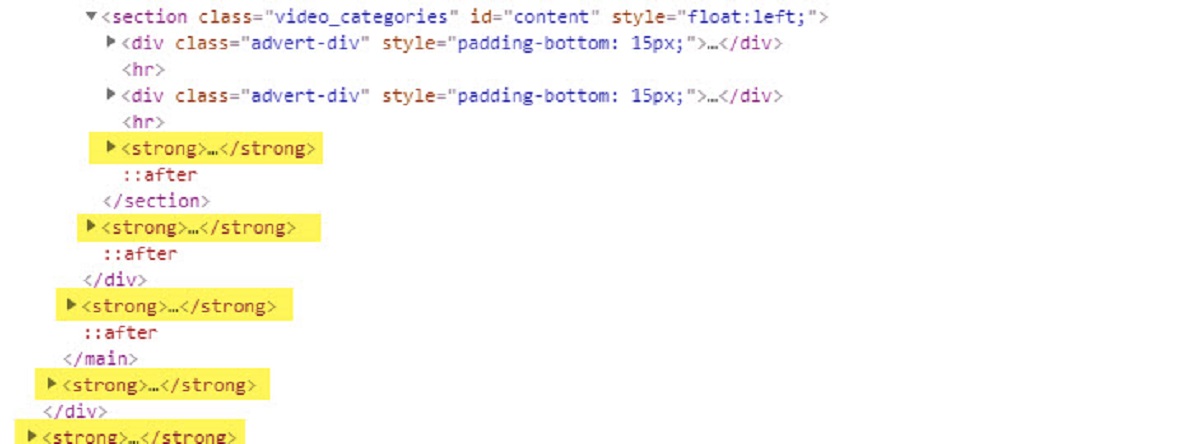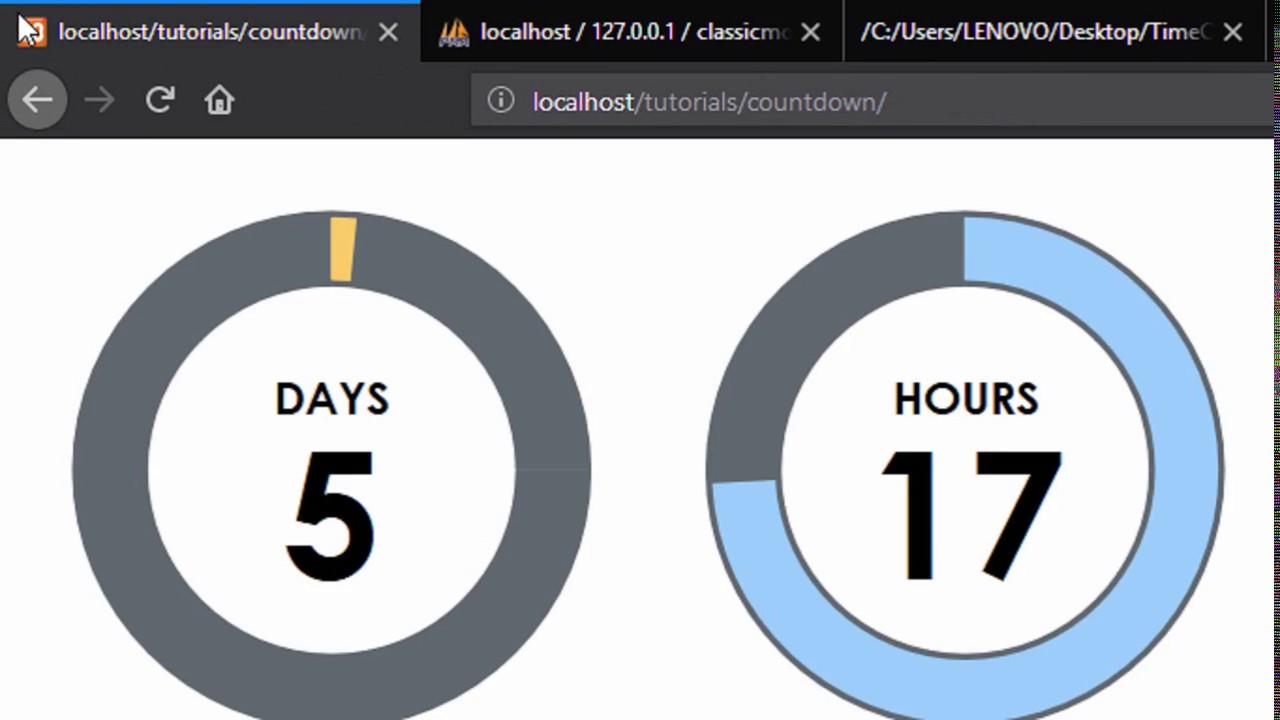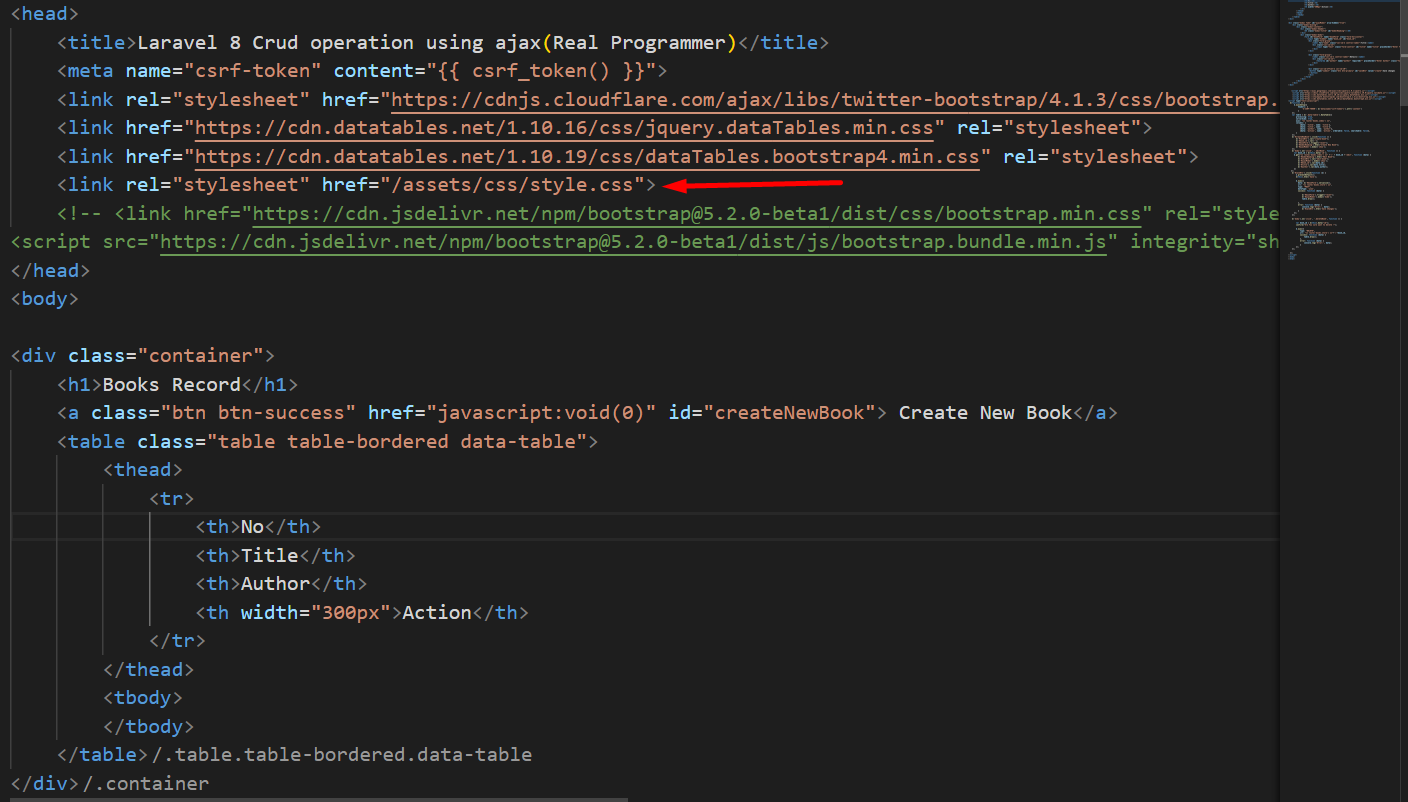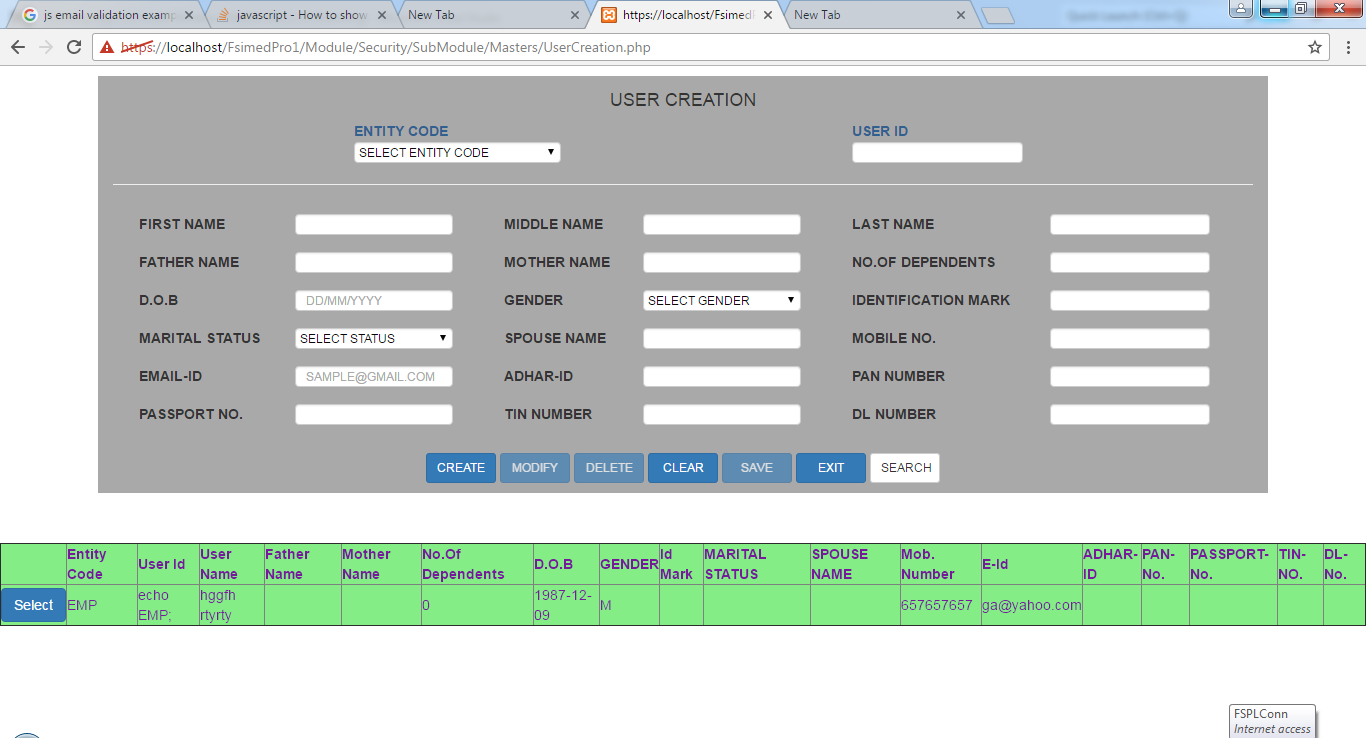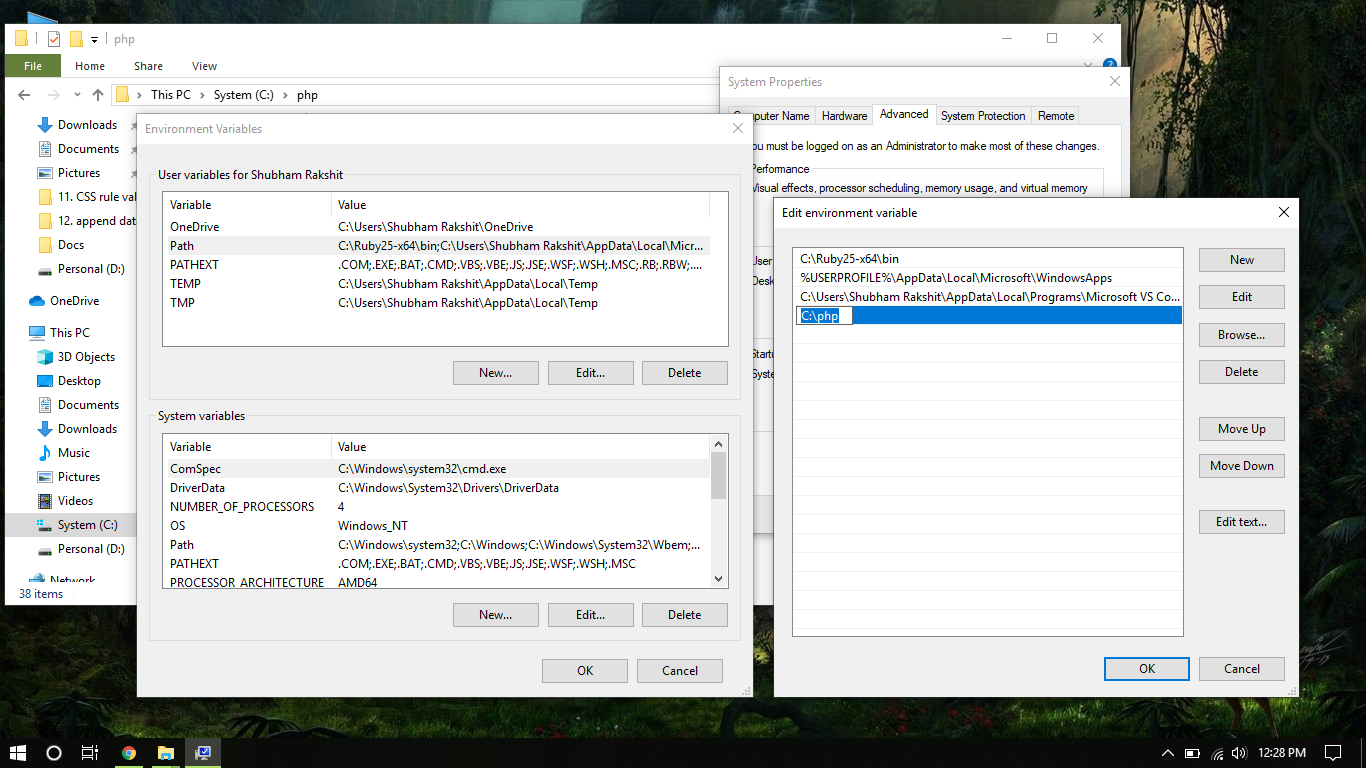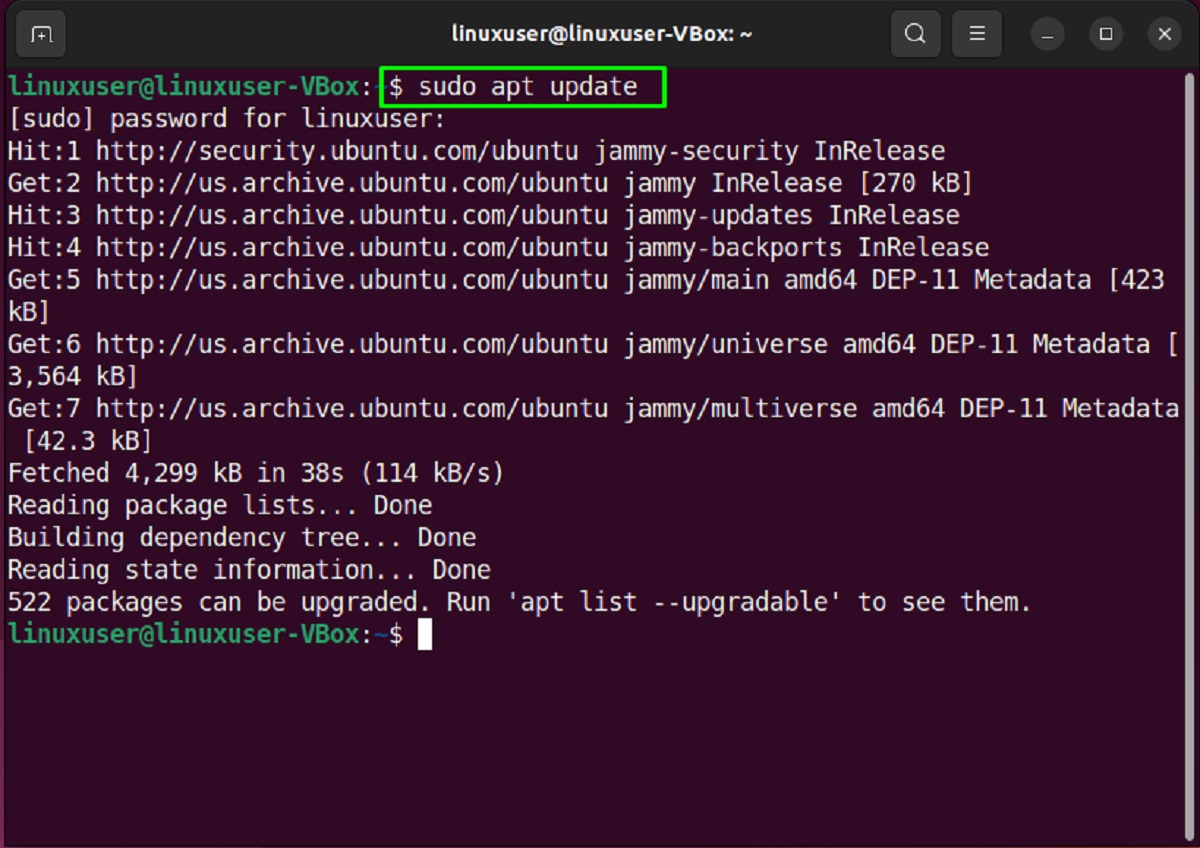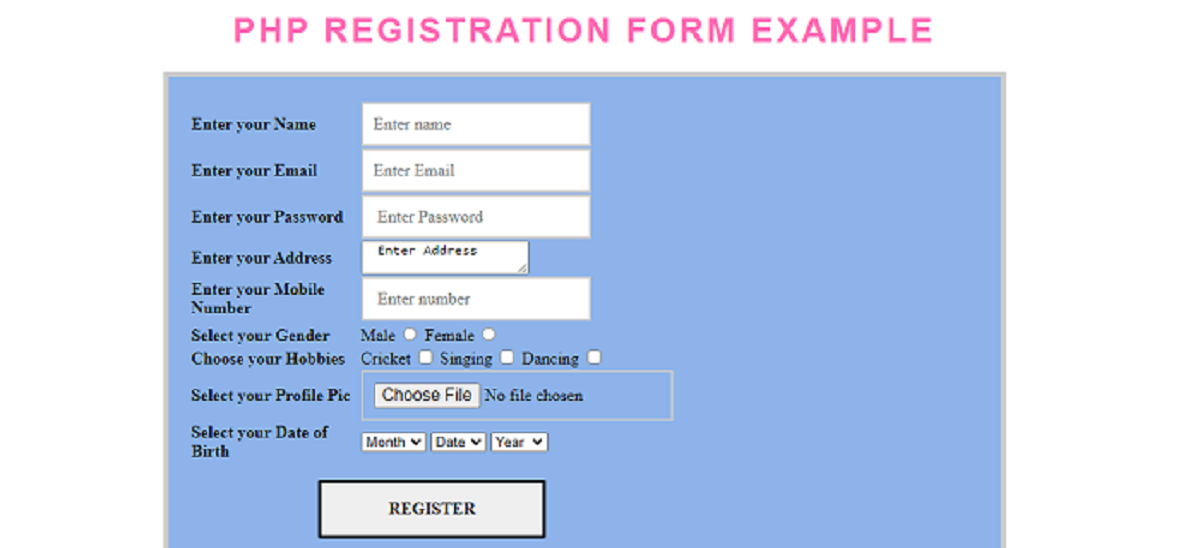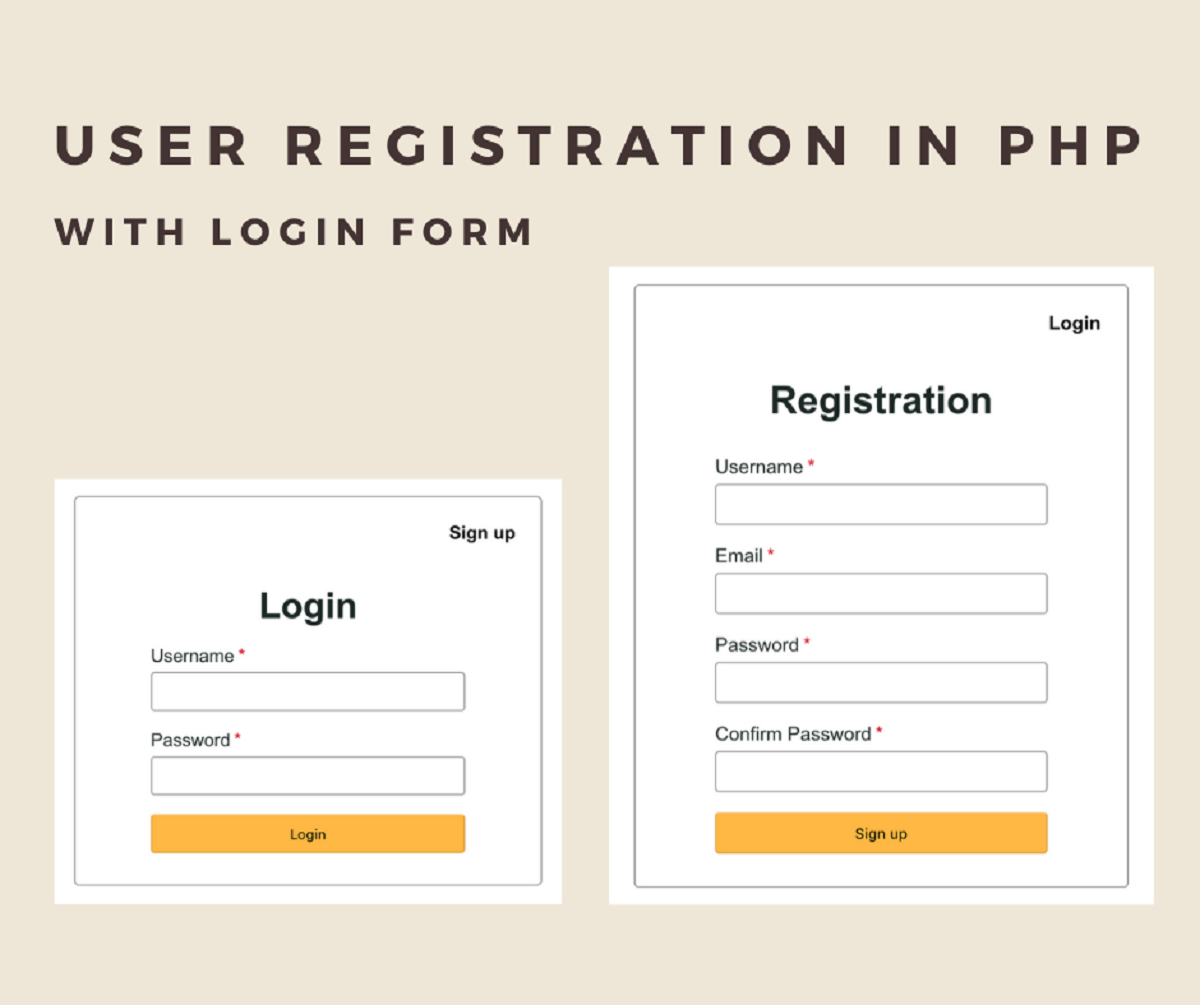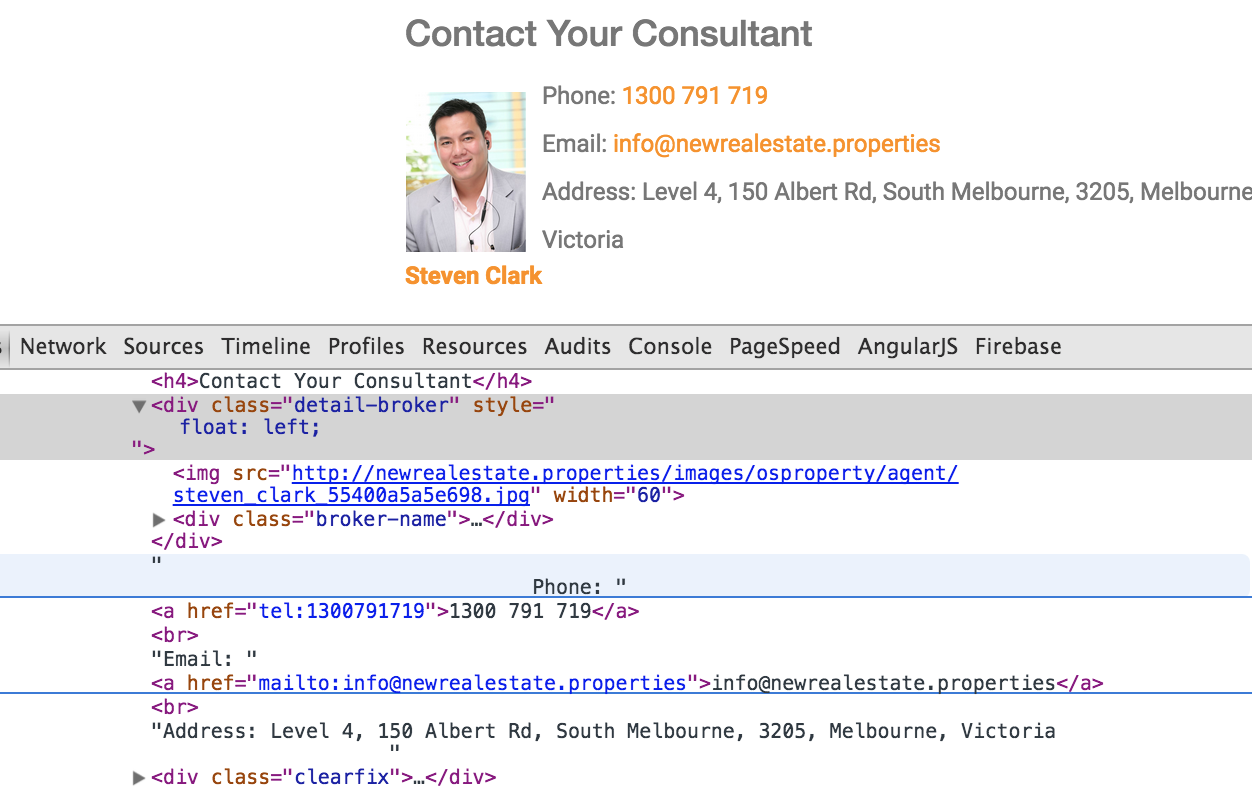Introduction
In the world of web development, there are often times when you need to make certain text stand out from the rest. Whether you want to highlight important information or simply add some emphasis, bold text is a powerful tool to have in your arsenal. In PHP, there are several ways to achieve this effect and in this article, we will explore different methods to bold text.
When working with PHP, the primary function used to output text is the echo statement. This statement allows you to display text directly on the webpage. However, echoing plain text without any formatting can sometimes lead to a bland and uninteresting design. That’s where HTML tags come in handy. By using these tags, you can give your text a visual boost and make it more visually appealing.
One of the simplest ways to achieve bold text in PHP is to utilize HTML tags. The <b> and <strong> tags are two commonly used tags that can add emphasis to your text. The <b> tag is a generic tag used for styling purposes, while the <strong> tag is used to convey semantic importance. Both tags render the enclosed text as bold.
Another approach to formatting text in PHP is by using Cascading Style Sheets (CSS). With CSS, you have more control over the appearance of your text. You can define a CSS class or apply inline styles to the HTML elements to achieve the desired visual effect. This method not only allows you to create bold text but also enables you to customize various other aspects, such as font size, color, and more.
In addition to using HTML tags and CSS, you can also make use of the <strong> tag to add emphasis to specific parts of your text. The <strong> tag is similar to the <b> tag in terms of rendering the text as bold. However, it carries more semantic weight and is often used to highlight crucial information or indicate importance within the content.
Now that we understand the importance and benefits of bold text, let’s delve into how we can achieve it in PHP. In the following sections, we will explore various methods and techniques to make your text stand out and grab the attention of your audience.
Step 1: Understanding the echo statement
Before we dive into the different methods of bolding text in PHP, let’s first familiarize ourselves with the echo statement. In PHP, the echo statement is used to output text or variables to the web page. It is a fundamental function that allows you to display information dynamically.
The basic syntax of the echo statement is:
echo "Text to be displayed";With the echo statement, you can output plain text, variables, or a combination of both. For example:
$name = "John";
echo "Hello, " . $name . "!";This would display “Hello, John!” on the webpage.
When working with the echo statement, it’s essential to understand that it outputs the text exactly as it is provided. It does not apply any formatting or styling by default. Therefore, if you want to make your text bold, you need to use HTML tags or CSS.
Now that we have a basic understanding of the echo statement, let’s move on to the different methods we can use to display bold text in PHP. From HTML tags to CSS classes, we will explore various techniques that will allow you to add emphasis and enhance the visual appeal of your text. So, let’s dive in and start bolding!
Step 2: Using HTML tags to display bold text
One of the simplest methods to display bold text in PHP is by using HTML tags. HTML provides a variety of tags that can format and style your text, including tags specifically designed to render text as bold.
The most common HTML tags used to create bold text are the <b> and <strong> tags. Both tags achieve the same visual effect of bold text, but they have subtle differences in their usage.
To apply bold formatting to a piece of text using the <b> tag, you simply need to wrap the text within the opening and closing tags. For example:
echo "<b>This is bold text</b>";This would output the text “This is bold text” with a bold font weight.
Similarly, the <strong> tag also renders the enclosed text as bold. However, it carries more semantic weight than the <b> tag and is often used to emphasize the importance of the text rather than just styling it. To use the <strong> tag, you can wrap your text within the tags like this:
echo "<strong>This is important text</strong>";Both the <b> and <strong> tags can be combined with other HTML elements to create more complex formatting. For example, you can include them within paragraphs, headings, or lists to highlight specific parts of the content.
One important thing to note when using HTML tags to display bold text is to ensure that the tags are properly closed. Forgetting to close a tag can lead to unexpected results and cause issues with the overall structure of your HTML. Always make sure to include both the opening and closing tags when using HTML tags for bold text.
Using HTML tags to create bold text in PHP provides a straightforward and effective way to enhance the appearance of your content. However, if you want more flexibility in terms of styling and customization, you can explore the use of CSS, which we’ll cover in the next section.
Step 3: Styling text using CSS classes
While using HTML tags to create bold text in PHP is effective, it has limitations when it comes to customizing the appearance of the text. To have more control over the styling, you can use CSS classes.
In CSS, you can define custom classes and apply them to specific HTML elements to style them according to your preference. This includes making the text bold, changing the font size, color, or any other property that you desire. By creating CSS classes, you can have consistent formatting across multiple elements or pages.
Let’s say you want to create a CSS class to make text bold. First, you need to define the class in a CSS file or within the HTML file using the <style> tag. For example:
<style>
.bold-text {
font-weight: bold;
}
</style>
In the above code, we have defined a CSS class called “bold-text” and set the font-weight property to bold. This class can now be applied to any HTML element that you want to display as bold text.
To apply the class to an HTML element, simply add the class name within the class attribute of the element. For example:
echo '<p class="bold-text">This is bold text using CSS class</p>';
This will render the text “This is bold text using CSS class” with the specified CSS formatting applied. By using CSS classes, you can easily apply bold or any other desired styling to multiple elements without having to repeat the same HTML tags or inline styles.
Using CSS classes gives you the flexibility to experiment with different styling options and easily make changes across your entire website. It helps in maintaining a consistent design and enhances the overall look and feel of your content.
Next, we’ll explore another method of applying CSS styles directly to elements using inline styles.
Step 4: Applying CSS inline styles to bold text
In addition to using CSS classes, you can also apply CSS styles directly to HTML elements using inline styles. This allows you to customize the appearance of specific elements without the need for defining separate CSS classes.
To apply inline styles to an HTML element, you can use the style attribute. Within this attribute, you can specify CSS property-value pairs to define the desired styling. To make text bold, you would use the font-weight property and set its value to bold.
Let’s take an example of how to apply an inline style to a paragraph element to make the text bold:
echo '<p style="font-weight: bold;">This is bold text using inline CSS</p>';In the above code, we have added the style attribute to the <p> tag and set its value to font-weight: bold;. This results in the text “This is bold text using inline CSS” being displayed in bold font weight.
Using inline styles can be useful when you want to apply specific styling to a single element without the need for creating separate CSS classes. This method gives you more granular control over the appearance of individual elements without affecting the rest of the page.
However, it’s important to note that inline styles can lead to code repetition and make it harder to maintain consistency across your website. Therefore, it’s generally recommended to use CSS classes or external stylesheets for global styling and reserve inline styles for exceptional cases.
With the knowledge of applying CSS inline styles to create bold text, let’s move on to the next section where we will explore how to apply CSS styles to a specific element using selectors.
Step 5: Applying CSS styles to a specific element
In PHP, you can apply CSS styles to specific elements using selectors. Selectors allow you to target specific elements based on their ID, class, or tag name, and apply custom styles to them. This level of specificity gives you even more control over the appearance of individual elements within your PHP code.
To apply CSS styles to a specific element, you need to first identify the element using a unique ID or class. You can then define the styles for that element in your CSS file or within the HTML file using the <style> tag.
Let’s suppose you want to apply bold styling to a specific paragraph with the ID “my-paragraph”. In your CSS file or within the <style> tag, you would use the ID selector to target that paragraph:
#my-paragraph {
font-weight: bold;
}The above CSS code sets the font-weight property to bold for the element with the ID “my-paragraph”.
In your PHP code, you can then use the echo statement to output the paragraph and apply the selected styles:
echo '<p id="my-paragraph">This is a specific paragraph with bold text</p>';With this implementation, only the paragraph with the ID “my-paragraph” will have bold text, while the rest of the paragraphs will remain unaffected.
In addition to IDs, you can also use classes to target specific elements for styling. This can be useful when you have multiple elements of the same type that you want to style similarly. Simply assign the same class to those elements and define the desired styles in your CSS file or <style> tag.
By applying CSS styles to specific elements using selectors, you have the flexibility to customize the appearance of individual elements within your PHP code. This allows for a more targeted and precise approach when styling your web page.
Next, we will explore another way to add emphasis to your text using the <strong> tags.
Step 6: Adding emphasis using strong tags
In PHP, the <strong> tag is another useful tool for adding emphasis to text. While it is similar to the <b> tag in terms of rendering the enclosed text as bold, the <strong> tag carries more semantic weight. It is commonly used to indicate the importance or significance of the text, apart from just visual styling.
To apply the <strong> tag to your text in PHP, you can simply wrap the desired portion of text with the opening and closing tags. For example:
echo 'Please make sure to read the <strong>instructions</strong> before proceeding.';In the above code, the word “instructions” will be displayed in bold, indicating its relevance or importance within the sentence.
The <strong> tag can be used in combination with other HTML elements and tags to further enhance the emphasis. For instance, you can include it within headings, paragraphs, or lists to highlight specific parts of the content.
One advantage of using the <strong> tag is that it helps with accessibility. Screen readers and other assistive technologies can recognize the <strong> tag as indicating importance, allowing visually impaired users to better understand the context and significance of the emphasized text.
It’s important to keep in mind that while the <strong> tag adds emphasis through bold styling, its primary purpose is to convey meaning. Therefore, it is best to use the <strong> tag when you specifically want to highlight important information rather than solely for visual enhancement.
With the <strong> tag, you can add emphasis to your text and provide an indication of its significance. This can improve the readability and clarity of your content, making it more impactful for your audience.
Now that we have explored different methods of bolding text in PHP, you are equipped with various techniques to make your text standout. Whether you choose to use HTML tags, CSS classes, inline styles, or semantic tags like <strong>, it’s important to strike a balance between visual enhancement and semantic meaning.
Conclusion
In this article, we have explored different methods of bolding text in PHP. We started by understanding the echo statement, which is the primary function used to output text in PHP. We then learned how to use HTML tags, such as <b> and <strong>, to create bold text. These tags provide a simple and effective way to add emphasis to your content.
Next, we delved into styling text using CSS classes and inline styles. CSS classes allow for more customization and consistency across multiple elements, while inline styles provide more granular control over individual elements. Applying CSS styles to specific elements using IDs and classes gives you the ability to target and modify the appearance of specific parts of your PHP code.
We also explored the use of the <strong> tag to add semantic meaning and emphasis to text. This tag enables you to not only visually style the text but also convey importance and significance to the readers. It is a powerful tool for providing context and accessibility.
By combining these different methods, you can create visually appealing and meaningful content in PHP. Remember to strike a balance between visual enhancement and semantic meaning. Choose the appropriate method based on the specific requirements of your project and the significance of the text you want to emphasize.
Whether you are highlighting important information, creating a stylish design, or enhancing accessibility, bold text in PHP can greatly enhance the visual impact and overall user experience of your website or application. Experiment with the different methods discussed in this article, and don’t be afraid to unleash your creativity to make your text stand out.
With the knowledge gained from this article, you are now equipped to confidently apply bold text in PHP and take your web development skills to the next level. So go ahead and give your content the attention it deserves with bold text!







